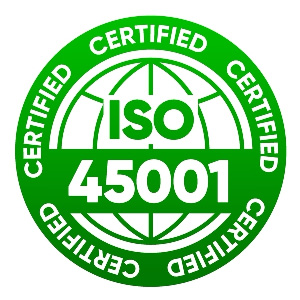The identification of hazards and assessment of the risks they pose are critical elements of any safety management system. Inadequate risk assessment and failure to follow recommended control procedures are common causes of serious accidents. It is therefore essential that robust policies and procedures are in place at all work activities to ensure any risks generated must be effectively evaluated and controlled.
The risk assessment procedure also provides the information required to produce operating procedures, which in turn can form the basis for employee training programmes.
Legal responsibilities regarding risk assessment are defined in the Safety, Health & Welfare at Work Act 2005, S. 19. In general, the responsibility is placed on the employer with respect to hazard identification, risk assessment and control. The direction comes in the form of an EU Directive, which requires Ireland to implement national legislation focused on risk assessments of all activities carried out in every workplace. This is complied with through the Safety, Health and Welfare at Work Act, 2005 and all associated Statutory Regulations.
Key Elements of Hazard Identification & Risk Assessment
- All tasks and operations which present a significant risk, must be subjected to a formal risk assessment
- Risk elimination should be implemented wherever possible. If this is not reasonably practical, appropriate control measures must be introduced.
- A time frame for action and nominated responsible persons should be identified in the control actions.
- Any residual health risks which cannot be eliminated must be notified to the Customers Occupational Health department if available.
- Risk assessments must be reviewed if there is a significant change to the operation or plant.
- A written record of all risk assessments must be kept by the Employer














